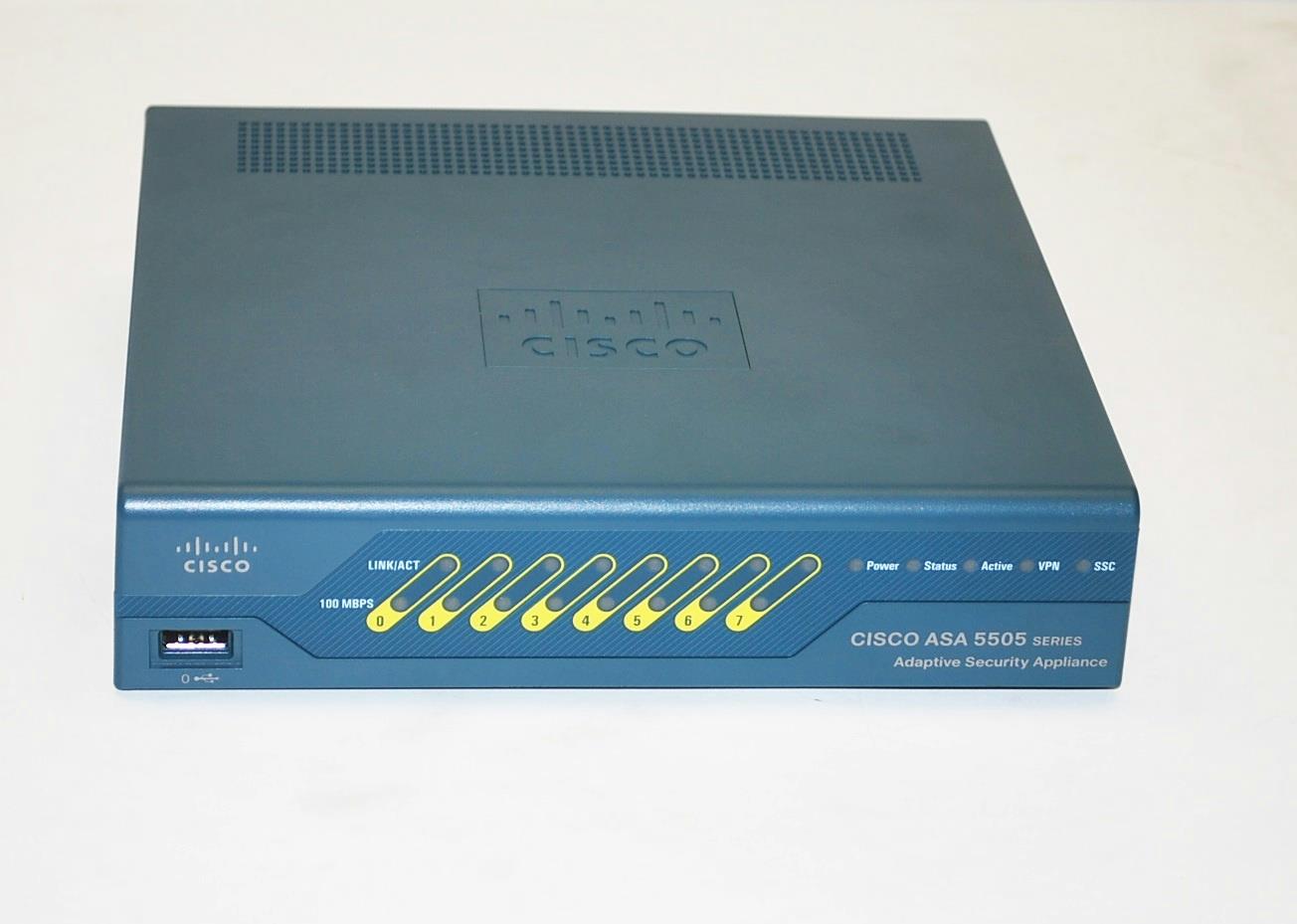

The outside interface will communicate with the Internet. In order to give your device a hostname and make it easier and more convenient to administer later, use the command “ hostname ”Īt the very minimum, you need to configure two interfaces on your firewall: the outside and the inside. The command “ clear configure all” executed on the firewall leaves only the service lines from factory configuration and you can immediately begin to configure your device afresh. Unlike with Cisco routers, you don’t have to reload the device in order to erase its configuration. To do this, connect using a console cable to the console port of the device, enter the CLI and type:Īfter this confirm the deletion of all configuration files.

Lets completely erase the startup configuration of the device. If your new device with factory settings is asking for a password to enter the privileged mode (#) enable, just hit “Enter”. (Should be done only on new or test lab equipment, since it completely erases all existing configuration) Our task: allow the internal LAN hosts to access the Internet through the firewall. Layer 2 switch (used only to connect the LAN hosts, without any additional configuration).Several hosts inside the office’s Local Area Network (LAN).An Internet uplink with static IP address.

Assigning a port to a VLAN will allow you to use an IP address for that port, just like assigning one to an interface of a router. These ports cannot have an IP address assigned to them, but if you want to create Layer 3 interfaces, you can configure a virtual interface ( VLAN) and assign IP addresses there. Its main distinction from the higher-end models is the 8-port integrated switch, that allows to have 8 switch ports on board( Layer 2 of OSI model).

For this example, we will use the junior model of the lineup – Cisco ASA 5505. Let’s look over an example of how to connect an office LAN to the Internet with using a Cisco ASA firewall.


 0 kommentar(er)
0 kommentar(er)
